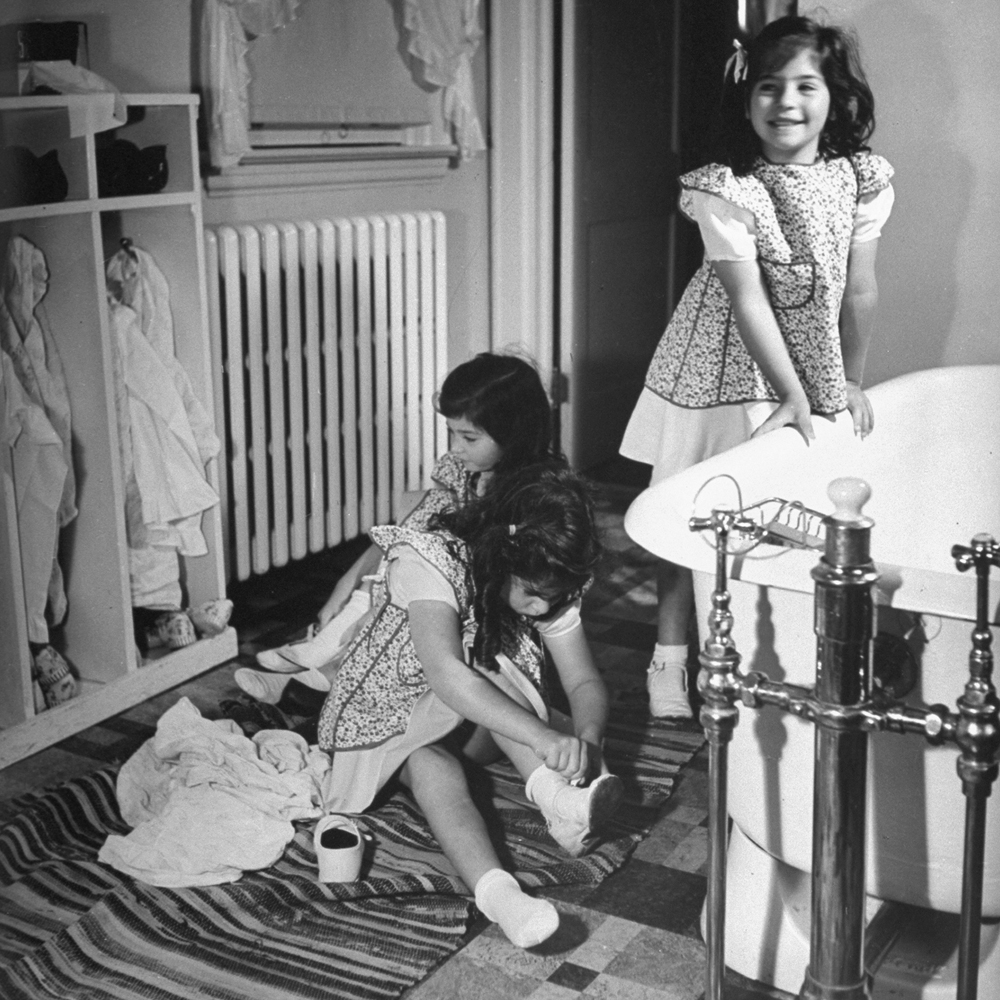
Introduction
The Dionne Quintuplets, born on May 28, 1934, in Callander, Ontario, hold a unique place in Canadian history. Their remarkable story captivated both the nation and the world, drawing attention to issues of child welfare, privacy, and celebrity culture. As the first known quintuplets to survive infancy, their experience highlights both the joys and struggles faced by early multiple births, making their legacy deeply relevant today.
Early Life and Fame
The Dionne Quintuplets – Annette, Emilie, Marie, Yvonne, and Cecile – were born to Oliva and Elzire Dionne. The media frenzy surrounding their birth was immediate, as hospitals were not prepared for such a sight. Their extraordinary story turned them into symbols of hope during the Great Depression. Soon after their birth, the Quintuplets were placed under the guardianship of the Ontario government, with a nursery constructed specifically for them, drawing massive crowds of tourists.
In their early years, the Dionne sisters were kept under strict observation, appearing in numerous public performances and films. At the height of their fame, they were featured in promotional campaigns, earning both admiration and skepticism from various parenting and child rights advocates. Critics argued that the children were exploited for commercial gain, igniting debates about the ethical treatment of child celebrities.
Legal and Personal Challenges
Despite the initial joy, the Quintuplets faced numerous challenges. As they reached adolescence, complexities regarding their privacy rights intensified. In 1943, their parents gained back custody, but the damage was already done. They had been raised essentially as wards of the state under the media spotlight, dictating their public personas and limiting their personal freedom.
Later Years and Legacy
The Dionne sisters struggled with the consequences of fame throughout their lives. Their experiences resonated with many individuals who faced similar challenges in different spheres, shedding light on issues surrounding media exploitation and personal rights. They eventually led relatively quiet lives after stepping out of the limelight, with some marrying and starting families of their own. Annette Dionne once admitted that the pressure of being Quintuplets was immense, leaving them longing for a sense of normalcy.
Conclusion
The story of the Dionne Quintuplets is more than just a historical anomaly; it serves as a reflection on societal attitudes toward multiple births, child welfare, and the ethics of fame. As discussions around child rights and media ethics become increasingly relevant, the legacy of the Dionne Quintuplets remains significant. Their tale invites us to consider how we view childhood innocence in the context of public interest, a question that continues to be pertinent in today’s celebrity-driven culture.

